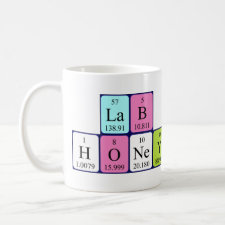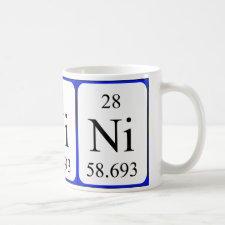
Authors: Su HJ, Wang ZX, Tan TW
Article Title: Preparation of a surface molecular-imprinted adsorbent for Ni2+ based on Penicillium chrysogenum.
Publication date: 2005
Journal: Journal of Chemical Technology & Biotechnology
Volume: 80
Issue: (4)
Page numbers: 439-444.
DOI: 10.1002/jctb.1206
Alternative URL: http://lib3.dss.go.th/fulltext/Journal/J.of%20chemical%20technology%20and%20biotechnology/2005/no.4/2005vol.80no.4p.439-444.pdf
Abstract: A new chitosan molecular-imprinted adsorbent was prepared from the mycelium of waste biomass. The results showed that an adsorbent using Penicillium chrysogenum mycelium as the core material was better than one derived from peanut coat. The adsorption capacity of the surface-imprinted adsorbent for Ni2+ was enhanced by increasing the chitosan concentration in the imprinting process. Epichlorohydrin was better than glutaraldehyde as a cross-linking agent; the optimal imprinted Ni2+ concentration for preparing the surface-imprinted adsorbent was 2 mg (Ni2+) g(-1) of mycelium. The adsorption capacity of the surface-imprinted adsorbent was 42 mg g(-1) (at 200 mg dm(-3) initial metal ions concentration) and twice that of the mycelium adsorbent. The surface-imprinted adsorbent can be reused for up to 15 cycles without loss of adsorption capacity. (c) 2005 Society of Chemical Industry
Template and target information: nickel ion, Ni(II)
Author keywords: adsorption capacity, chitosan, heavy metal ion, mycelium, surface molecular imprinting, wastewater treatment



Join the Society for Molecular Imprinting

New items RSS feed
Sign-up for e-mail updates:
Choose between receiving an occasional newsletter or more frequent e-mail alerts.
Click here to go to the sign-up page.
Is your name elemental or peptidic? Enter your name and find out by clicking either of the buttons below!
Other products you may like:
 MIPdatabase
MIPdatabase









